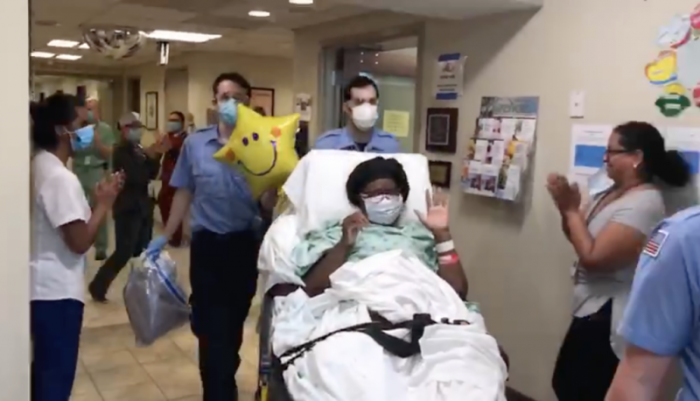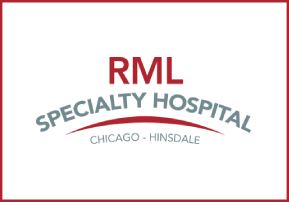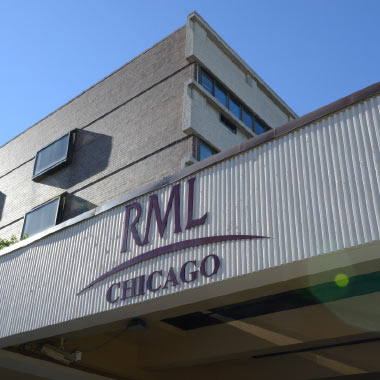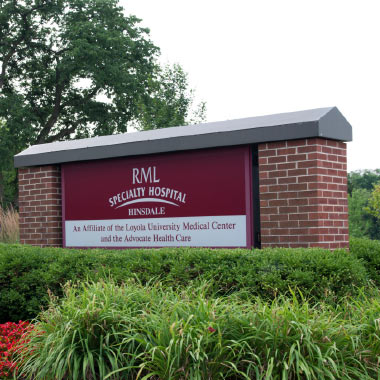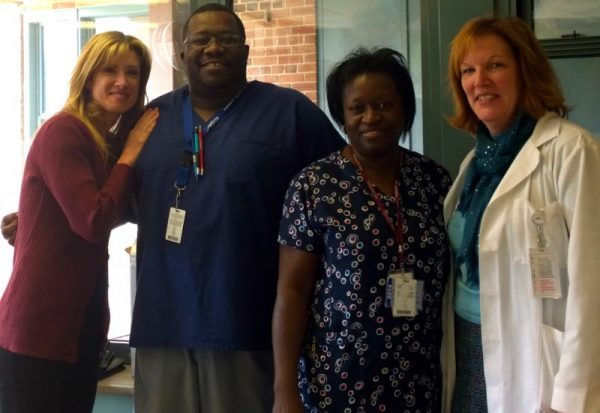
Hospital acquired pressure ulcers are costly to patients and organizations financially, physically, and emotionally. Heels are the second most common site with 43% of pressure ulcers developed in hospitals occurring on the heel.1 ,2
Committed to patient safety and quality outcomes, RML piloted a program aimed at preventing heel pressure ulcers. In partnership with Sage Products, RML Hinsdale’s B-1 unit tested a new methodology and product, Sage’s Prevalon Heel Protector with Integrated Wedge (boot).
Staff became vigilant in assessing the largest organ of the body, skin. Nurses and patient care technicians worked with RML’s wound care team to proactively develop a plan customized to the needs of each patient. This method of heightened skin assessment, awareness, and new product intervention resulted in the heel pressure rate decreasing by almost half in a relatively short amount of time.
The pilot program not only helped with the prevention of heel ulcers, but also with the treatment. In two cases, the prescribed methodology and use of Prevalon boots contributed to the treatment of newly developing wounds.
Thank you to Sage Products and all clinical staff involved in the pilot program. Your commitment to making RML a safer, healthier environment for our patients is greatly appreciated.
Read more: B1 Initiative to Prevent Hospital Acquired Heel Pressure Ulcers
____________________
1. Amlung, S.R., Miller WI, Bosley L.M. Adv. Skin Wound Care Nov/Dec 2001: 14(6); 297-301.
2. Walsh, J., DeOcampo, M., Waggoner, D. Keeping heels intact: evaluation of a protocol for prevention of facility-acquired heel pressure ulcers. Poster presented at the Symposium on Advanced Wound Care, San Antonio, TX, Apr 2006.


